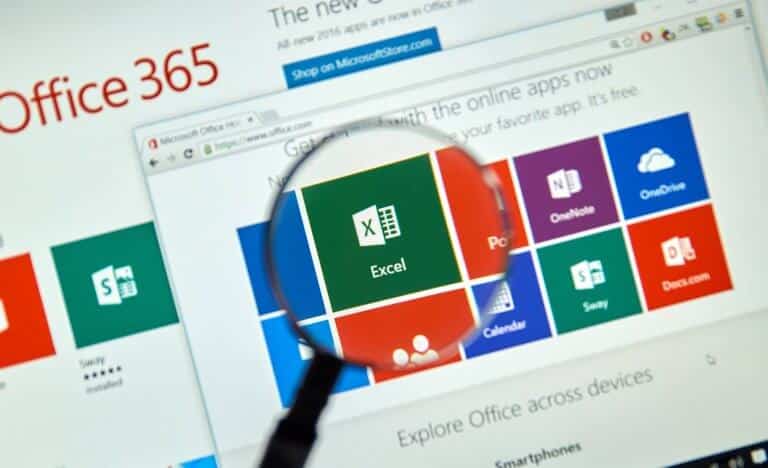If you have a shop you must start using technology to solve business processes and to provide a better customer service. Retailers are striving to create a unique, personalized shopping experience and to achieve that they have to know their clients, their preferences and needs.
Technology has certainly become very influential in the retail industry in the last decade. Consumers are now more inclined to used their smartphone to search and buy products online, rather than go to a retail shop. However, the traditional retail shop is still popular, and it is important they keep up to date with technological advancements. Consumers are becoming more and more tech savy and expect brick-and-mortar stores to do the same. As well as having an online channel for your retail business, it is important to keep your brick-and-mortar store tech up to date.
Customers no longer want to spend much time in shops. Instead, they want a fast and efficient service, both in-store and online. How to keep your brick-and-mortar store at the top of its game? There are few tools and procedures that might help you, These are some of them:
Data collection and analysis
The basis for a good customer experience is learning to collect a huge amount of data from their customers. After that, the data needs to be analysed and used to assist the customer in a helpful way. Data analytics should be applied at all stages of the retail process (taking track of popular products, doing forecasts of future sales and optimizing placements of products. By identifying customer’s interests, you would find the most suitable way to offer them the most suitable products and handle them with effective marketing strategies. In the short-term, most of the retail stores should be collecting data and analysing customer behaviour. In the long-term, tech advancements will improve the shopping experience itself, based on collected data.
Retail inventory software
This is a software system for tracking inventory levels, orders, sales and deliveries. Companies use it to avoid product overstock and outages. It is a tool for organizing inventory data that before was generally stored in hard-copy form or in spreadsheets. If you have multiple warehouses or locations where a product is held, inventory software can make managing inventory across multiple locations much easier.
Workforce management software
This is a computer system that allows to automate a workforce management process that, basically, consists of the following four steps:
- Workload forecast.
- Personnel or staffing planning
- Programming calendars and shifts scheduling.
- Daily performance control.

An efficient workforce management software can keep a record of activities and relevant points, generate automated timesheets, track projects, elaborate team reports for your team and help you with payroll, billing, team performance and store productivity.
Point of sale system
A good Point of Sale (POS) system can allow you to gather customer information, view live stock across stores, take transactions, and provide digital marketing such as e-receipt to the customer. A POS ensures a smooth interaction with the customer, to rapidly gather customer information, giving more time to build rapport, and all in mind of improving the customer experience. It also allows you to accurately and easily check your stock levels at a glance.
Augmented Reality
Augmented reality (AR) has evolved a lot since its origin, back to 1992 in a US Air Force-funded project, called Virtual Fixtures. In many cases, this tool is designed to interact with user’s cameras feeds. however, the capabilities of AR are huge and could be a significant sales tool for the retail industry.
It all depends on your requirements and need purposes that which software you want to manage your business. Within multiple choices, you will have multiple features that may or may not be useful. In the future, the retail industry might get familiar with inventory, management, store programming, workforce management software and more. All this technological tools will help retailers to save costs, improve operations, increase productivity and streamline customer service and marketing activities. Technology has an enormous potential for the retail industry. It can increment sales, reduce shoplifting, eliminate lines, make the supply chain more efficient and many other things. It will change what it means to go to a store and they will make store experiences more worthwhile than ever.
Another point that the retail industry need to consider is the offline-online integration in order to provide a consistent and simplified retail experience. In this regard, it is important to remember that improved retail experience does not mean fast and convenient shopping. It refers to less time spent on products searches simplified processes and intuitive stores and websites. With the integration of online and offline sales channel, customers can have better, affordable, personalized and convenient shopping experience.
DataScope is a platform which allows various industries to streamline, organize and evaluate the work of their field staffs thanks to online forms which provide real time indicators 100% adaptable to any field.






